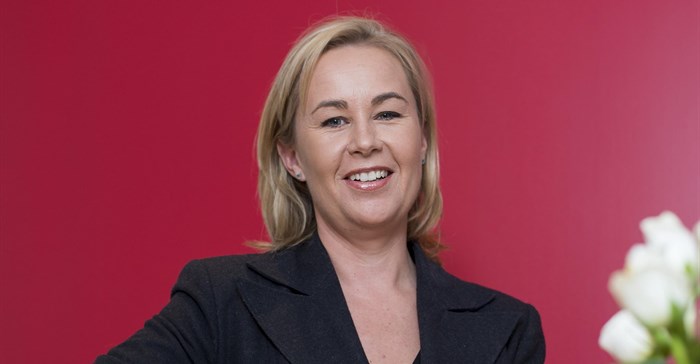Data is fundamental to how we shape our collective future. Effective marketing and public relations (PR) agencies have been at the forefront of this evolution, but how do they use data to drive commercial results and insights?

Judith Middleton, CEO of DUO Marketing & Communications, asks how data can be used to drive commercial results and insights in PR
Data maturity: An aspect of company culture
This is not an exercise in finding listicles online about how data can or should be used in an agency environment.
Rather, it is an exercise in testing an agency’s data maturity because, with each success, you get a proof point of data maturity between an agency and its clients, its staff and the tools at its disposal.
Data maturity is an aspect of company culture - it is slowly built up in the trenches to a state where it earns future revenue for the agency.
In other words, because an agency adds tangible, measurable results, it becomes sticky as a valued partner and, in some instances, even indispensable.
The added value and hard proof points ensure that budgets are allocated going forward. For us, and all future-oriented agencies, there needs to be a laser-like focus on moving the right needles to have a measurable impact on a business’s bottom line.
Tight, not vague
No one can afford to be vague anymore, and on its own, data is just bits and bytes. To use it to drive commercial results and insights starts with tight feedback loops - with clients, the agency team, and the campaigns. Everyone needs to know what is happening… now.
There’s little value in understanding a success or friction point a month after it has occurred. Things need to be kept deliberately tight.
Measurability and accountability
Historically, the industry approached PR and marketing from a place of intuition and relationships.
Intuition in terms of understanding clients and knowing what could - or should - work and then matching those tactics with the platforms of the day, and specialists.
We are not talking about generations ago, but the turn of the century and the years that followed.
Then as competition increased, the world decided to rein in the elaborate spend and look for measurability and accountability.
Clients wanted to know exactly what they were getting for their big budgets.
Today prudent and astute clients look for deeper insights. They want to know what the data is telling us, and they are looking for a combination of hard data and the type of consultative expertise one can tap into when engaging with a specialist agency.
This combination guides actionable insights for the business.
Getting closer to the truth
You don’t buy data the way you buy airtime - you gather it. We can get data from several sources, such as Google Analytics, social media platforms, information on paid campaigns and a host of digital marketing tactics and their metrics.
We often see sizable discrepancies between individual platforms and Google Analytics, with the truth lying somewhere in between.
It is through deep analysis, testing, and experimenting, that you get closer to this truth or notice the true anomalies and this lets us understand how we can drive more commercially viable solutions for our clients.
Today it is not intuition and relationships as much as it is hard data and marrying the concept/ content/ platform/ strategy - which in itself requires depth of expertise - to a client to ensure measurability and accountability.
Mongezi Mtati 25 Oct 2023 Data drives marketing strategies
Understanding where campaigns perform cannot be lifted from a template - especially in the B2B space.
There are a host of factors - the platform, its core audience, the content, the theme, the business, its customers, new customers, potential customers, and more.
During each campaign, we need to segment and understand these audiences to build credibility and trust for our clients’ brands.
Each campaign is therefore tailored specifically to each client’s unique needs and context, which is naturally informed by the agency’s wealth of IP and experience.
It is vital to earn the trust of a client to allow space for low-risk experiments to identify which platforms work best for them.
By doing this, the agency learns where to get leads, where to get high-volume engagement for brand visibility, and more.
It is worth repeating: It is key to know which platform works best for each client, in each different circumstance.
Design
Lastly, in the race to understand data, design should not be forgotten.
Deciding how much copy to place on a design, which colours to use, how to tell a story visually, and much more, should never be random.
Well-designed visuals can tell complex stories far more simply than merely using text.
Authentic visuals that are relevant and customised for the campaign perform markedly better with radically improved engagement.
This should not come as a surprise as, despite being surrounded by data and choice, people are sentient beings seeking relatable imagery and authentic content.
























































